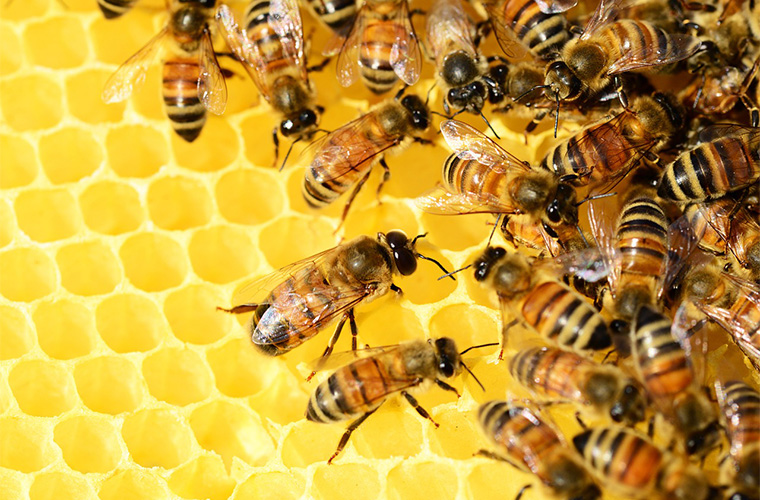Main Menu
- Home
- Product Finder
- Calibration Systems
- Calibration Services
- Digital Sensing
- Industrial Vibration Calibration
- Modal and Vibration Testing
- Non-Destructive Testing
- Sound & Vibration Rental Program
- Learn
- About Us
- Contact Us
 Harvard University's Concord Field Station research facility, headed by Dr. Stacey Combes, recently began a series of experiments to test if the frequency at which a Bumblebee vibrates its body on a flower has an effect on the amount of pollen the flower releases.
Harvard University's Concord Field Station research facility, headed by Dr. Stacey Combes, recently began a series of experiments to test if the frequency at which a Bumblebee vibrates its body on a flower has an effect on the amount of pollen the flower releases.
"Bumblebees are important pollinators of food crops, like tomatoes. Honeybees, the largest commercial pollinators in the US, do not pollinate by vibrating their bodies and are therefore not as effective at pollinating some crops," says Callin Switzer, graduate student for Harvard's Department of Organismic and Evolutionary Biology.
"Understanding the mechanics of pollination can give us insight into providing food to humans throughout the world."
Most plants entice bees to gather their pollen by producing nectar, a sweet food for the bees. Some plants, however, do not produce nectar, yet Bumblebees are drawn to their color, smell or even the electric charge of the plant.
Bumblebees grasp these flowers and shake the pollen out. They take the pollen back to their hives and feed it to their young. Some pollen, however, sticks to the bodies of the bees and increases the likelihood of pollination between plants. This experiment is designed to study different vibration frequencies and how they affect the release of pollen in these types of nectar-less plants.
"We attached a flower called a Bittersweet Nightshade to the stinger of an electrodynamic shaker with integrated amplifier. We then connected the SmartShakerTM to a data acquisition system to output different frequency signals to it and programmed our software to communicate between the computer, DAQ and the shaker."
"We shined a laser on the flower to view the pollen coming out, and will use a piezoelectric accelerometer and signal conditioner in upcoming experiments to measure accelerations without having to digitize points with a high-speed camera," continues Switzer.